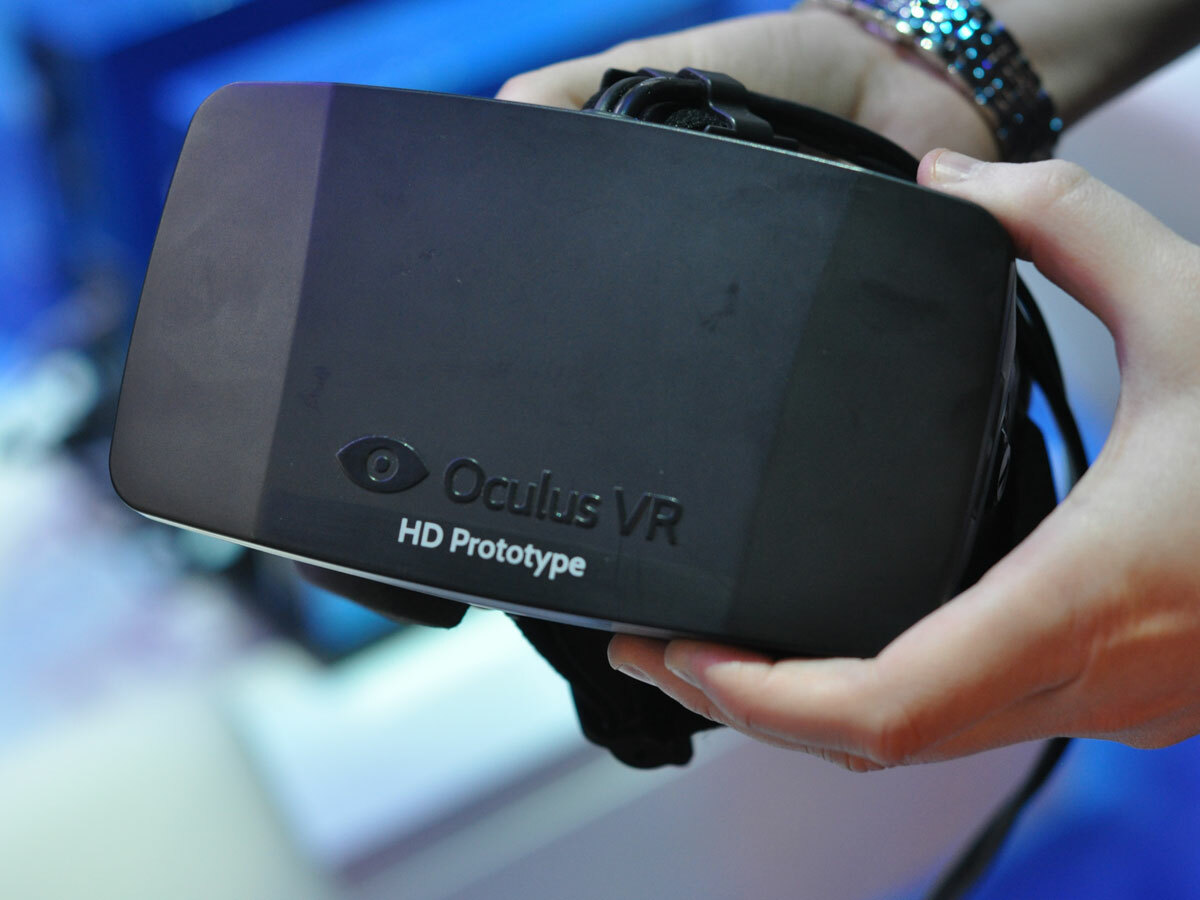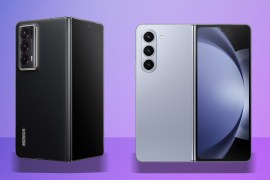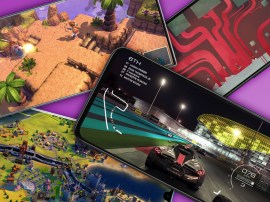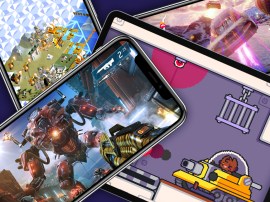Hands-on with Oculus Rift v2: believe the VR hype
Will Findlater tries out the second-gen virtual reality dev kit at CES, and he doesn't want to take it off
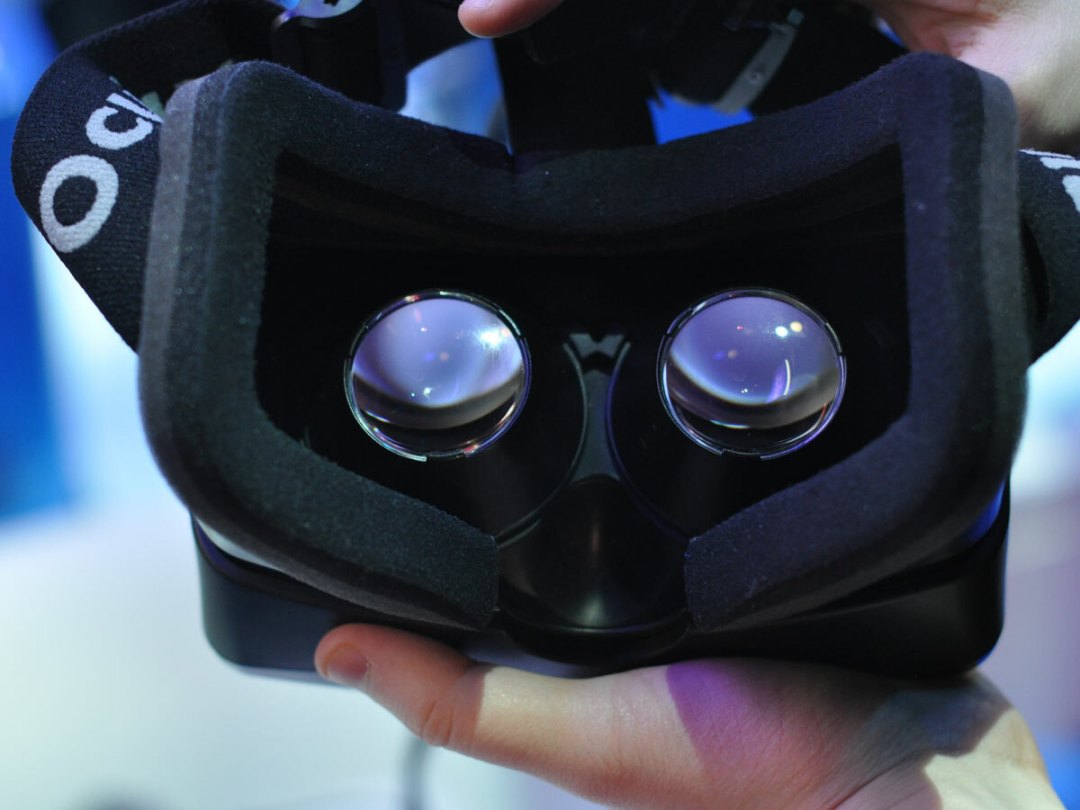
We’ve been harping on about Oculus Rift for quite some time.
The Kickstarter-funded virtual reality gaming headset recently went legit when its creator Oculus VR netted £46m to develop a consumer-ready headset. The second iteration of the Oculus Rift developer hardware – the HD Prototype – is a stop along the way to achieving that goal, and it’s what I got to try out today at CES.
Uncannily accurate
The Oculus headset we tried was hooked up to a Core i7-toting, Nvidia GTX 780-equipped gaming PC running demo code of the forthcoming EVE Valkyrie space battler. You couldn’t choose a better game to try the headset out with.
The headset feels somewhere between prototype and finished product: it’s quite compact and very comfortable thanks to snow goggle-style padding, but it’s also pretty plasticky. Inside there doesn’t appear to be all that much to it: a pair of lenses (one for each eye) trained over a 1080p screen similar to that in your smartphone. Obviously there is more – hidden away are the sensors that allow the headset to understand its position in space to an uncanny degree.
Once it’s on your head, the Oculus relays this positional info back to the computer, which in turn furnishes the 1080p screen with two parallax-shifted images, one for each eye. Your brain translates the two images into a single 3D one that fills your field of view.
Move your head even slightly and you’re peeking around the cockpit of your spacecraft. Look down and you can see your 3D-rendered legs in their red fatigues. Look up and you can see the ceiling of the mothership hangar through your spacecraft’s canopy. Look over your shoulder, and you can see the seat behind you – and, of course, a bit of your rendered shoulder.
Then you’re blasted into space battle. Your ship is controlled by the Xbox 360 controller in your hands, but your view of the melee is based entirely on where you’re looking. If an enemy ship flies in front of you, you follow it by turning your head, lock a missile on to it and blow it out of the black. The head movements are natural and within moments you’re gaming with your head as much as you are your fingers.
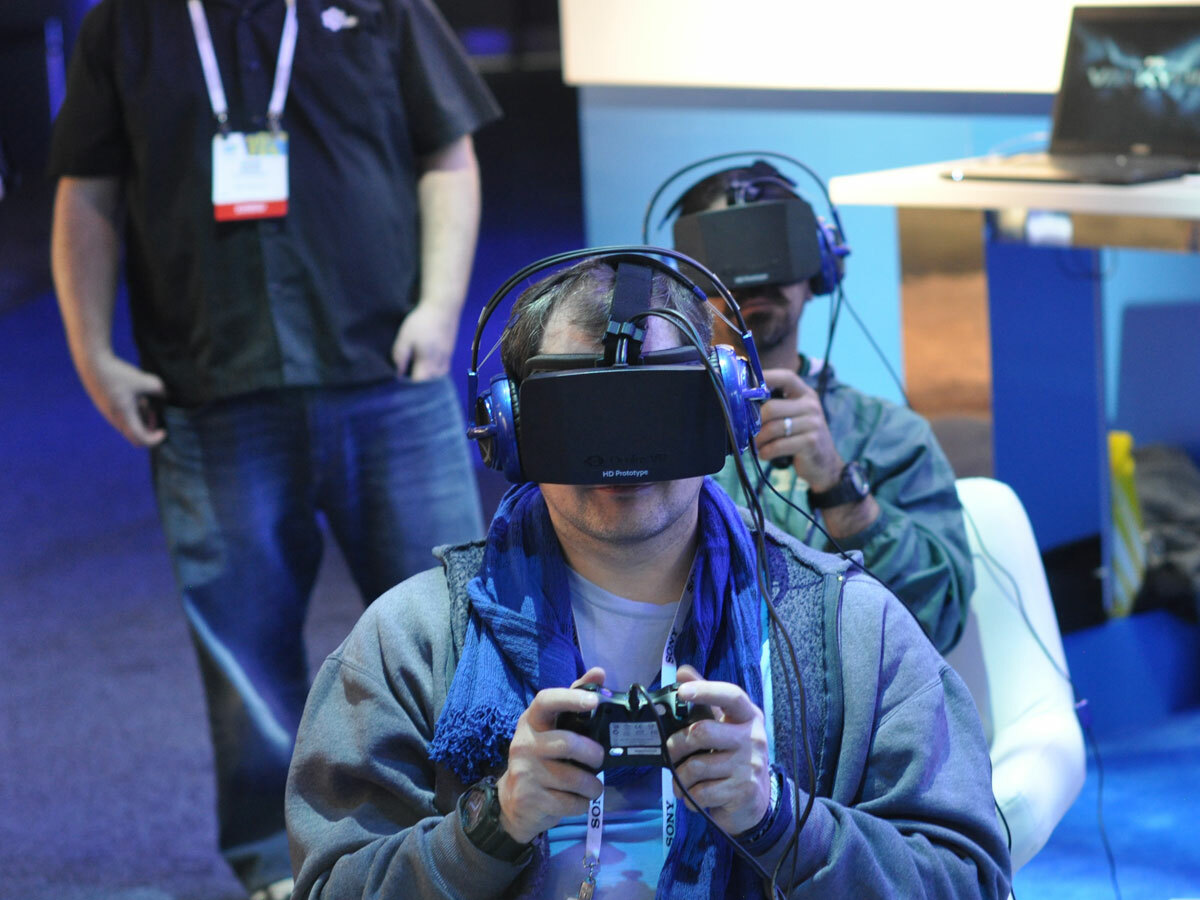
It’s thrilling, and provides a level of immersion beyond anything I’ve seen before. The second generation version almost solves a couple of issues we had with the first dev kits by upping the overall resolution of the image, and by reducing the screen latency that made some wearers queasy. It’s still not quite perfect – there’s the slightest delay in the translation of real-life movement to screen – but it’s a big improvement.
